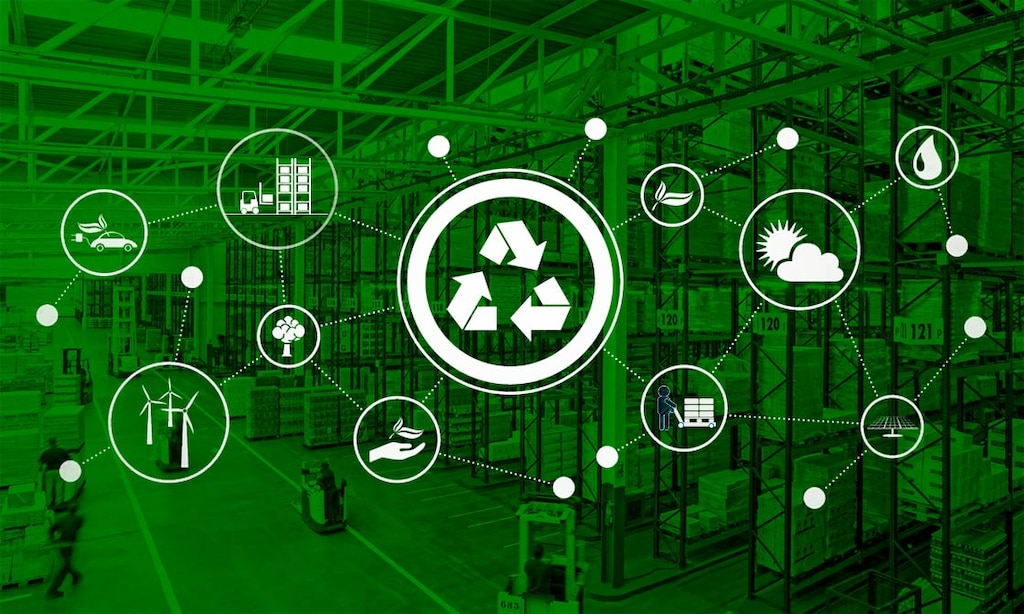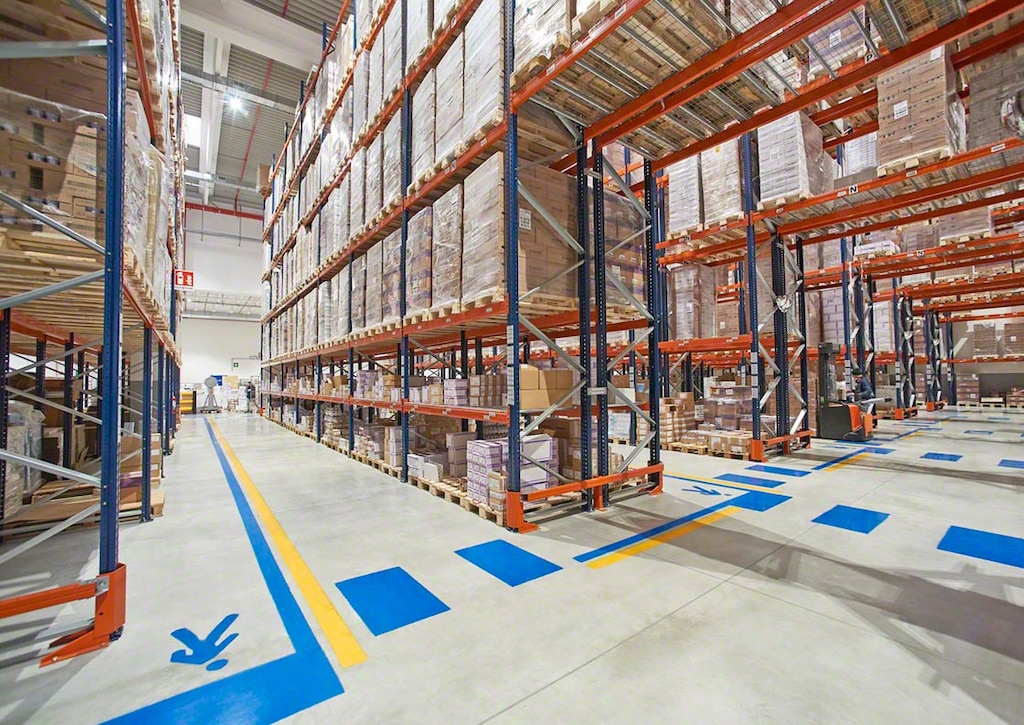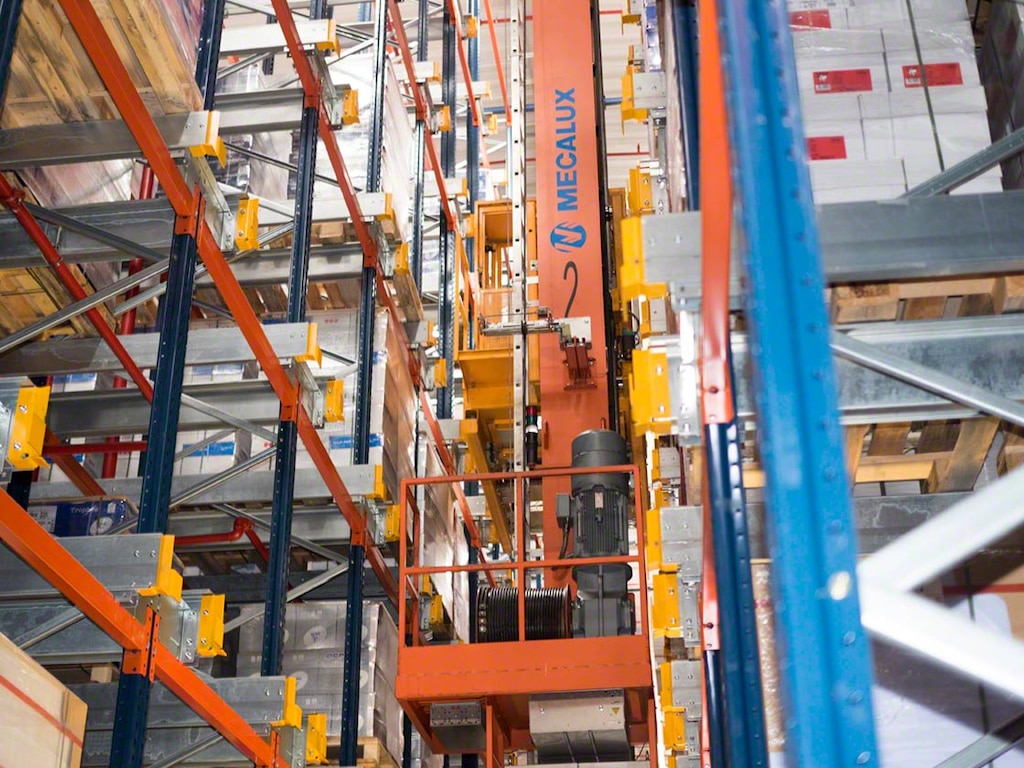
Supply chain sustainability to minimize environmental impact
A sustainable supply chain is one that supplies products and services that satisfy customers while seeking to produce as little environmental impact as possible and operating in a socially responsible way.
Climate change is one of the biggest threats of the 21st century, concerning both companies and the population as a whole. Therefore, companies look for solutions that minimize greenhouse gas emissions into the atmosphere in any of their operations (for example, promoting green logistics).
In this post, we’ll examine how the responsible and sustainable use of supply chain resources results in lower costs and represents a huge opportunity for businesses that want to improve their commercial relationships and build customer loyalty.
What is supply chain sustainability?
A sustainable supply chain is one that tries to minimize environmental and adverse social impact in all its stages, from the time a product is manufactured and stored to its delivery to the end customer.
So, how is this done? According to the State of Supply Chain Sustainability Report 2020 from the Massachusetts Institute of Technology (MIT), by means of the sustainable management of resources (energy, water, raw materials, etc.) and the use of renewable energy.
This calls for the collaboration of all supply chain stakeholders, from suppliers of raw and packaging materials to the carriers responsible for distributing the orders. All of them need to sync their efforts, fomenting specific actions such as the use of raw materials from sustainable sources or the rationalization of the resources used.

Advantages of a sustainable supply chain
Contributing towards supply chain sustainability brings major benefits:
- Cost reductions. Companies that reuse raw materials bring down their costs significantly.
- Improved corporate image. In an IBM report on consumers, 6 out of 10 consumers surveyed are willing to change their purchasing habits in order to lessen environmental impact. Thus, companies that are truly concerned about the environment and act accordingly will boost their reputation and be more competitive.
- Innovation and progress. The supply chain sustainability strategy consists of implementing new processes and redesigning various organizational practices. Consequently, products can be perfected and new business opportunities can be discovered, contributing towards companies’ progress and innovation.
It’s clear that supply chain sustainability is no longer just a question of image; it’s become a need and a strategy that benefits companies, in addition to improving their relationship with the environment and society.
3 actions for implementing supply chain sustainability
A sustainable supply chain should ensure efficiency, best practices, and transparency in each of its links. To do so, the following actions can be carried out:
Visibility of operations
When introducing any kind of change in the supply chain, the first step is to achieve full visibility of everything that occurs inside and outside the warehouse.
How do you gain that visibility? Through digitization. For example, a warehouse management system (WMS) monitors all processes that take place in a logistics center. Hence, it knows the status of the various warehouse operations, which is fundamental for assessing their impact and being able to optimize them.
An advanced WMS has modules that examine key performance indicators (KPIs) in more detail. In the case of Easy WMS from Interlake Mecalux, this module is Supply Chain Analytics Software, a program that provides useful data on the main warehouse activities. Based on that information, the logistics manager can introduce strategic measures aimed at increasing productivity and sustainability.
Ideally, the businesses forming part of the same supply chain (raw materials and packaging suppliers, logistics providers, etc.) would use these tools in their logistics facilities.
Centralization
Bringing all the goods together under one roof is another strategy geared towards creating a sustainable supply chain. This avoids the continuous movement of trucks between the various buildings.
A prime example that illustrates the effectiveness of this practice is that of Italian company Bomi Group. This 3PL (third-party logistics) provider of medical and pharmaceutical products decided to group its goods in a single warehouse equipped with pallet racks and picking shelves from the Mecalux Group. Thanks to this decision, the firm has cut its CO2 emissions
by around 66 tons a year; in the past, these were generated by the high number of trucks that had to travel between the company’s various warehouses.

Warehouse automation
Technology helps companies to optimize supply chain sustainability, as this enables them to leverage their resources better and pollute less.
Automated handling equipment such as stacker cranes and conveyors are energy-efficient. By doing without gas and other highly contaminating fossil fuels, they minimize CO2 emissions to the atmosphere.
Stacker cranes for pallets from Interlake Mecalux, for example, incorporate premium efficiency IE3 electric motors and power regenerators that return the energy generated during the descent and deceleration maneuvers to the electrical network. Although the amount of energy will depend on the weight moved and the height of the stacker crane, the average savings is estimated at 15% to 20% of the machine’s total energy consumption.

Collaboration and communication for a sustainable supply chain
Sustainable logistics calls for the various warehouses and logistics centers to apply good organizational practices and strive to promote a rational and responsible use of resources. The goal is to reduce the environmental and adverse social impacts associated with their activities. To reach this objective, cooperation between all players involved in the supply chain is essential.
From a logistics point of view, automation is a solution that provides some of the best results when it comes to shoring up a sustainable supply chain. Interlake Mecalux has extensive experience starting up these types of facilities. Get in touch to find out how you can have an efficient warehouse that minimizes environmental impact.
